Improved production from the first minute
The MIC platform allows to improve production from the moment of its implementation and to increase the factory's competitiveness.
Learn about the benefits of automating processes with MIC
The use of the MIC system will allow you to maximize up to 50% the use of the installed machinery and solve the most common production problems in the manufacturing industry.
MORE PRODUCTIVITY
Get more out of your machines and make production more flexible
The MIC platform increases the performance of the installed machinery and facilitates the production of short series.
- Increases the use of installed capacity by 50%.
- Reduce Lead Time and improve delivery times.
- Reduces process variability.
- Plan and manage process flows dynamically with minimal intervention.
- Reduces preparation time.
- Obtains real-time plant productivity data.
- Provides a reliable OEE index of production plant efficiency.
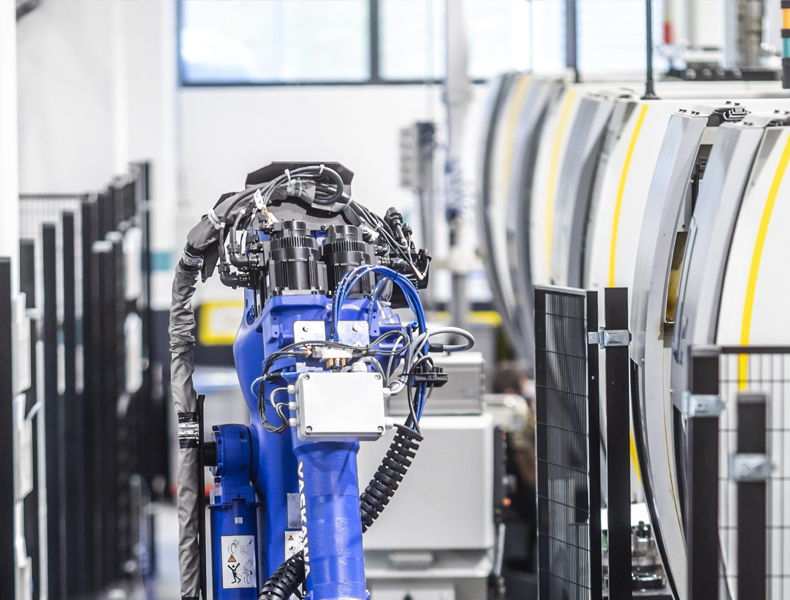
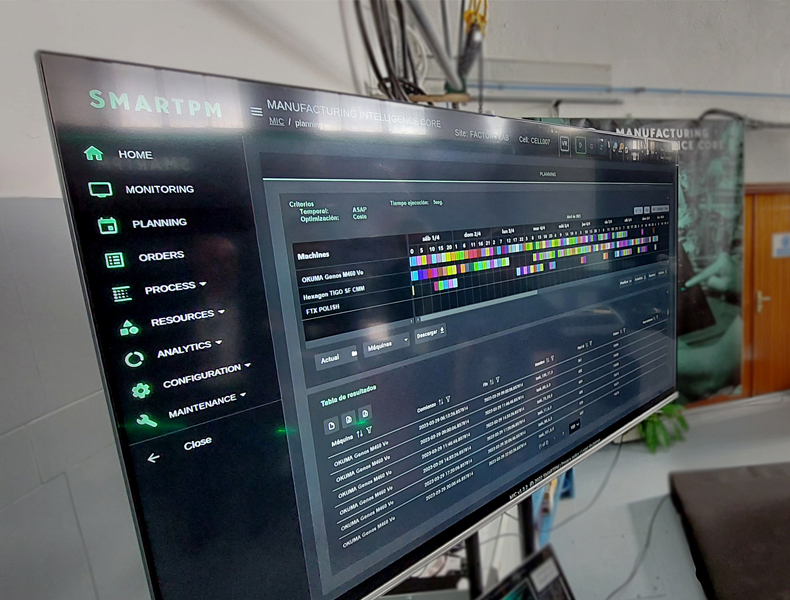
GREATER AUTONOMY
Allows unattended operation thanks to rules engine and intelligent scheduler
The MIC system has a rules engine that provides autonomy to the operation of the equipment. At the same time, it uses process and status data to re-plan workflows autonomously and dynamically.
- It makes decisions autonomously based on algorithms and criteria defined by the client.
- It updates the planning automatically when instructed and adapts the desired production variables.
- The rules engine collects the main contingencies that may occur. It defines the actions to be taken and communicates them to the teams involved.
DESIGNED FOR PEOPLE
Designed to be intuitive, customizable and secure
In addition, the SMARTPM team accompanies you in change management to facilitate the adaptation of people.
- Easy installation and shorter start-up time.
- Accompaniment to reduce the learning curve and reinforce people's confidence.
- It allows the generation of automation routines thanks to a simple configuration.
- Ergonomic design with the possibility of customization.
- It contemplates safety and sensory parameters.
- Local and remote access and control.
- Alarm management in the industrial plant.
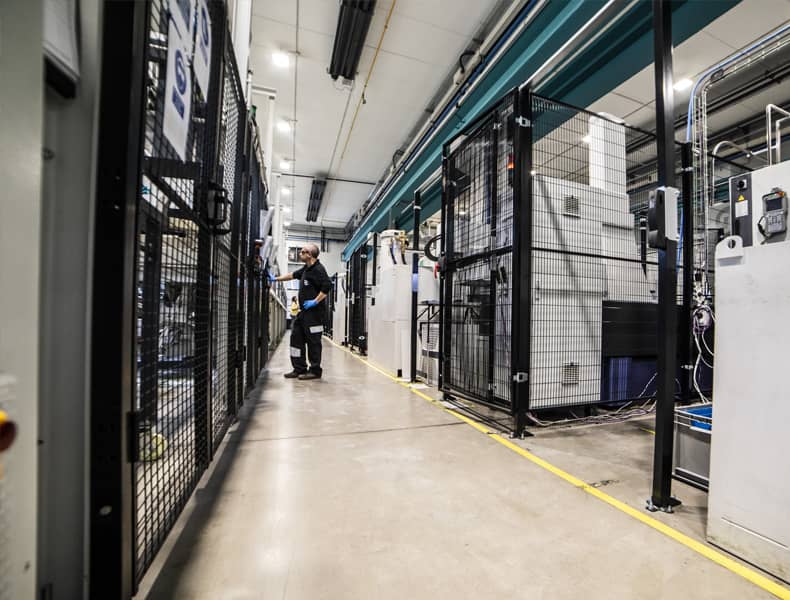
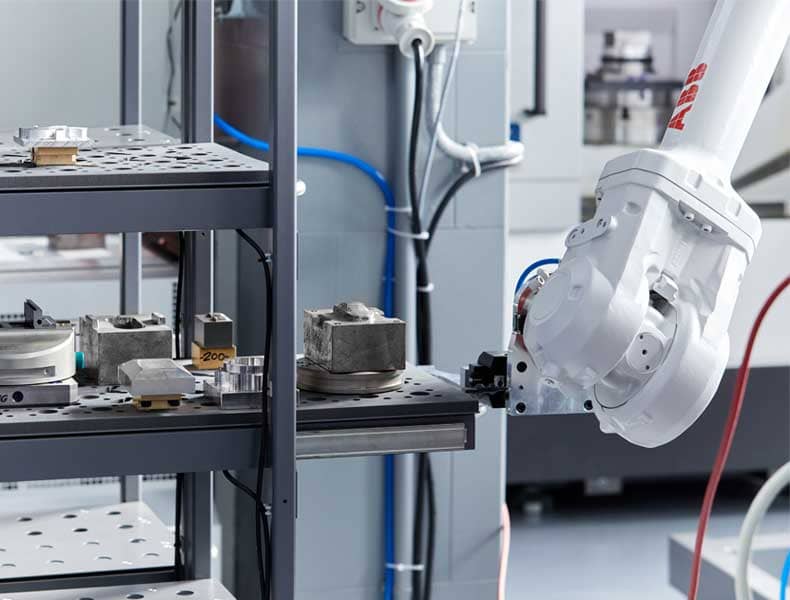
GREATER FLEXIBILITY
Manufactures short series and new references while maintaining productivity and quality.
It allows you to modify your processes, increase your machine park or acquire new technologies without having to rethink everything.
- Incorporate new references by linking them to processes available in the workflow library.
- Integrates programs, tools and tooling without touching code.
- Intuitive operation and no dependence on third parties to update configurations.
MORE QUALITY
Reduces errors and integrates quality information in autonomous decision making
The MIC automation system enables SMEs to move towards zero-defect manufacturing.
- Reduces the number and complexity of manual operations, minimizing human error.
- Monitors tool wear.
- Integration with different quality control technologies.
- Facilitates the reduction of inspection times per part.
- It incorporates real-time and autonomous compensation.
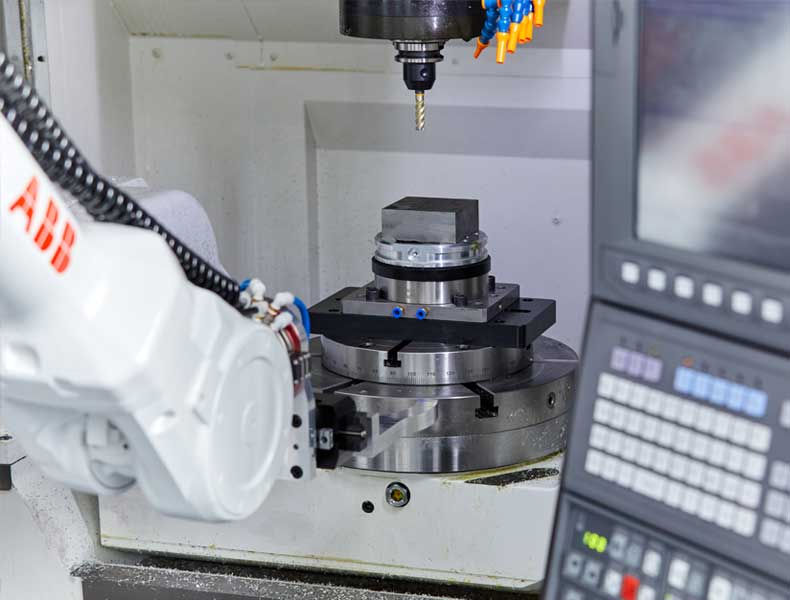
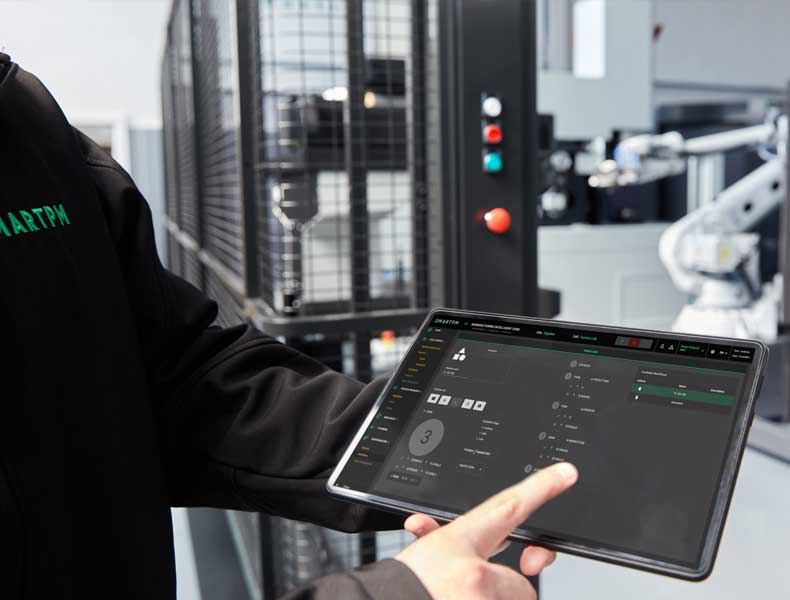
PRODUCTION MONITORING
Real-time process monitoring from a single platform
Visibility of the entire process and direct, automatic, real-time control of the machines is a MIC platform solution for efficient manufacturing.
- Real-time monitoring of one or more machines, parts and workflows.
- Control charts to identify incidents faster and incorporate changes in real time.
- Identification of low value-added operations.
- Dynamic production and resource planning.
- Traceability management of parts, tools and tooling.
- Integration with the information managed by other IT solutions (ERP, MES, PLM...).
GREATER SAVINGS
Improves the company's bottom line
With the implementation of the automation system, the company achieves a significant impact on economic results thanks to the savings achieved in production.
- Reduces production plant operating costs.
- Increases the capacity to produce more parts at a lower cost.
- Facilitates economy of scale with lower investment.
- Manufactures products with less material consumption and reduces waste and stock.
In addition, it contributes to improving the company's competitive positioning by transferring a commitment to more flexible and scalable solutions.
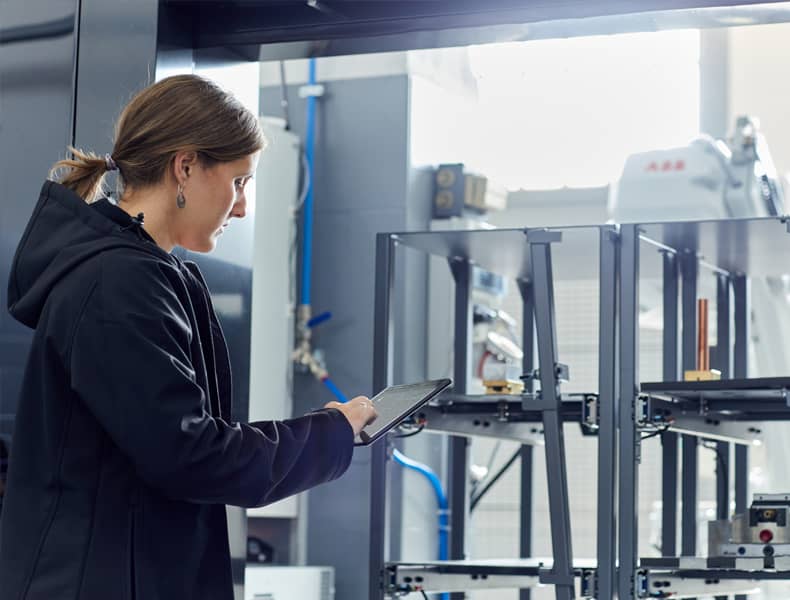
Want to know how MIC can benefit your production?
We offer you the possibility to see and touch the MIC solution in a personalized demonstration.

